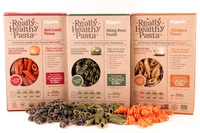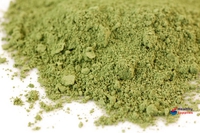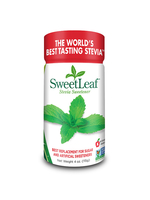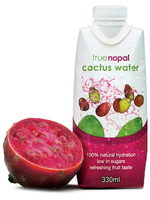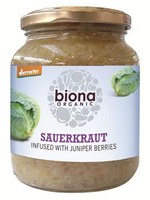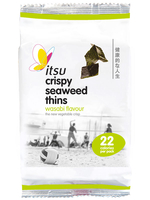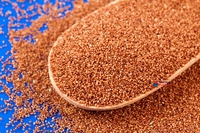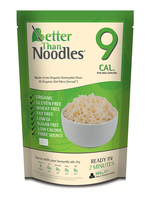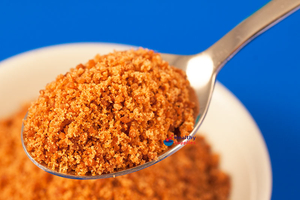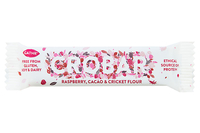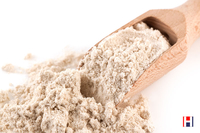TWELVE HOTTEST HEALTH FOODS 2017
What’s going to be hot in 2017? We have been scouring the market to bring you the most in-demand health foods of the year!
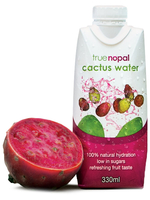
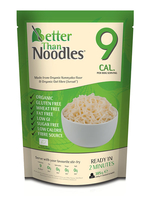
We’ve already seen the rise of gluten-free pasta in previous years, but there is a new generation of low-calorie, high-protein bean pasta products with all of the benefits of vegetables – they are one of your five-a-day! High in fibre and very nutritious.
Matcha is a type of powdered green tea that is prepared by mixing the leaves into hot water, rather than infusing the leaves. It’s a source of antioxidants, and also acts as a pick-me-up due to a subtle hint of caffeine.
Matcha tea is traditionally drunk in Japan, and must be stirred thoroughly – an act which comprises a key part of the “Japanese Tea Ceremony.”
Stevia is a natural leaf extract that has a sweet taste. It’s a zero-calorie alternative to sugar.
Enjoy stevia in tea and coffee. It’s available in many forms including powder, drops and even unrefined “green stevia”.
Cactus water has a subtle refreshing flavour with a hint of fruitiness. It’s low in calories and has anti-inflammatory properties, as well as revitalising the skin.
Fermented foods are a popular part of most cultures – if you’ll pardon the pun! Sauerkraut is one of the most popular types of fermented food in Europe. Consisting of pickled cabbage, sauerkraut is a great addition to salads and can be eaten as part of a side dish or as a low-calorie alternative to coleslaw.
Other types of fermented food include kimchi, kefir and amazake. For more information about fermented foods, see our Introduction to Fermented Foods.
Turmeric is, of course, a typical part of Indian cuisine. It’s recently been discovered that turmeric may have a number of health benefits as an anti-inflammatory and as a way of easing the pain of arthritis, as well as its traditional role in stabilising the digestive system.
Seaweed has been rediscovered as a snack-food. It’s light and low in calories, as well as being a great source of iodine.
Teff grain has been a traditional part of Ethopian cuisine, where it is used to make flatbreads, or injera. Teff is high in minerals including iron and calcium, and is an excellent source of protein as well as being gluten-free. Use teff as an alternative to wheat in breads, pancakes and muffins.
Konjac is a super-low calorie vegetable, traditional to Japan, that can be formed into noodles. Typically only 9 calories per 100g, these noodles can be used in stir-fry recipes and are an excellent part of any weight loss diet.
Coconut sugar is still on the rise in 2017. It’s a low-GI alternative to cane sugar, with a sublime taste reminiscent of biscuits. It can be used in place of regular sugar in tea, coffee, baking and any other recipes – it behaves like brown sugar. It doesn’t give you a “sugar hit” like regular sugar, providing slow-release energy instead.
Many people have difficulty with the concept of eating insects, but billions of people around the world eat insects on a regular basis. In many ways, they are similar to prawns, and insect consumption is more ethical than producing meat, due to its low environmental impact and sustainability.
Sorghum is a gluten-free grain. It’s a nutritious alternative to wheat, and is full of minerals and vitamins including magnesium, iron, copper, niacin, riboflavin and thiamin. It is also an excellent source of protein and fibre.

